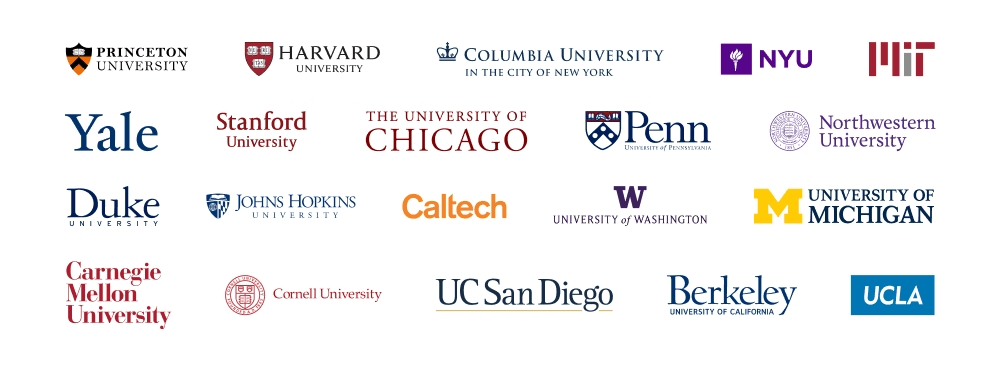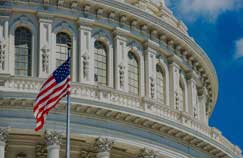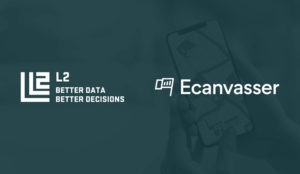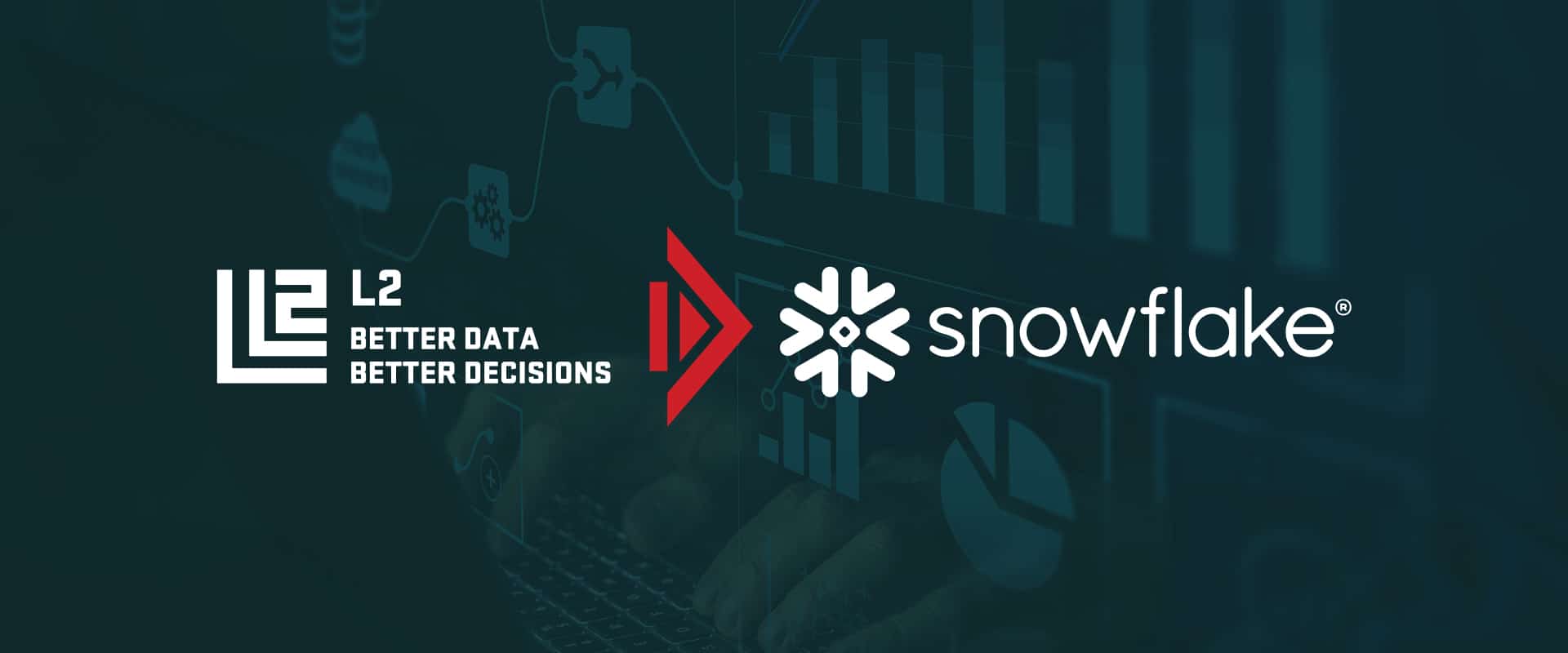
Academic research is at the forefront of expanding our understanding of societal dynamics. For researchers examining political science, sociology, and related fields, access to comprehensive voter data is invaluable. L2, a premier provider of voter and consumer information, offers data that can significantly enhance the scope and depth of academic research. Here’s how academic researchers can harness L2 voter data to elevate their studies.
Introduction to L2 Voter Data
L2 provides detailed voter data including demographic information, voting history, and party affiliation. This data is meticulously compiled and updated, making it a reliable resource for researchers seeking to analyze electoral behaviors and trends.
Key Applications for Academic Research
- Election Studies: Researchers can use L2 data to conduct in-depth studies on voter turnout, election results, and voting patterns. By analyzing historical data, researchers can identify shifts in political behavior and emerging trends within the electorate.
- Sociopolitical Research: L2 voter data can be instrumental in exploring the relationship between sociopolitical factors and voting behaviors. Researchers can study how variables such as income, education, and ethnicity influence voter preferences and election outcomes.
- Policy Impact Analysis: Academics can use voter data to evaluate the impact of specific policies on voting behaviors. By comparing voter data before and after the implementation of a policy, researchers can assess its effectiveness and public reception.
- Geospatial Analysis: Voter data can be used in conjunction with geographic information systems (GIS) to conduct spatial analyses. Researchers can map voting patterns and analyze how geographical factors influence electoral outcomes. This is particularly useful in studying urban vs. rural voting behaviors and regional political divides.
- Behavioral Studies: Detailed voter data allows researchers to delve into behavioral aspects of voting. Studies can examine factors such as voter motivation, party loyalty, and the influence of campaign strategies on voter turnout and choices.
Ethical Considerations
When using L2 voter data, researchers must adhere to ethical guidelines to ensure the privacy and confidentiality of individuals. It’s crucial to anonymize data and obtain necessary permissions when required. Ethical research practices help maintain the integrity of the study and protect the rights of individuals.
Methodological Approaches
- Quantitative Analysis: Utilize statistical methods to analyze large datasets and identify significant patterns and correlations.
- Qualitative Analysis: Supplement quantitative data with qualitative methods such as interviews and surveys to gain deeper insights into voter behaviors and motivations.
- Mixed Methods: Combine both quantitative and qualitative approaches for a comprehensive analysis. This allows researchers to validate findings through multiple lenses.
Conclusion
L2 voter data offers a wealth of information that can significantly enhance academic research. By leveraging this data, researchers can gain deeper insights into electoral behaviors, sociopolitical dynamics, and policy impacts. With a commitment to ethical research practices, academics can contribute valuable knowledge to their respective fields, advancing our understanding of the complex world of voting and elections.
Just some of the work published using L2’s national voter and consumer databases in the last year:






